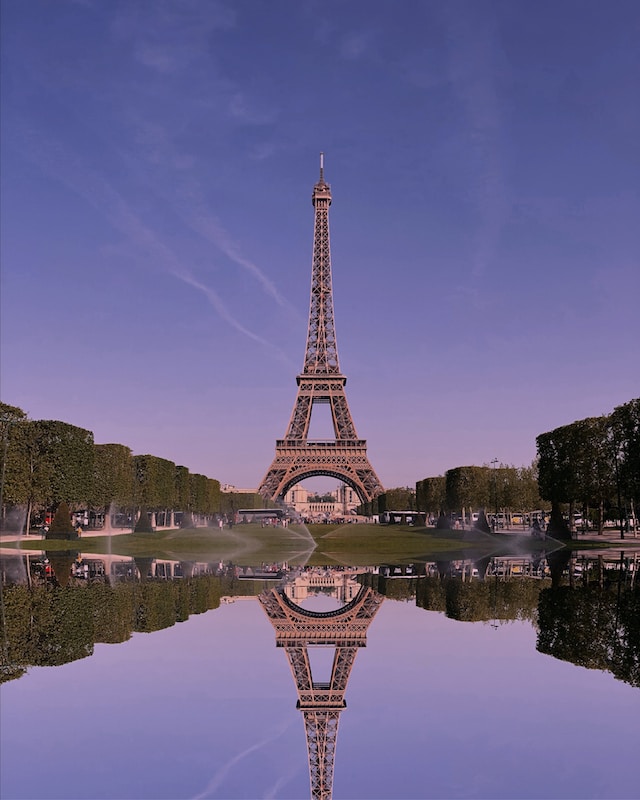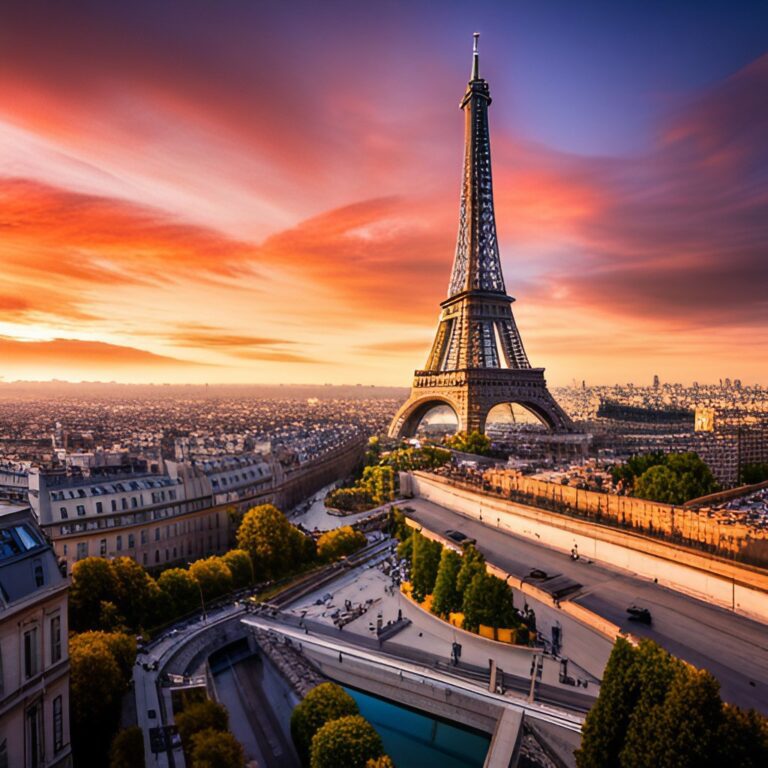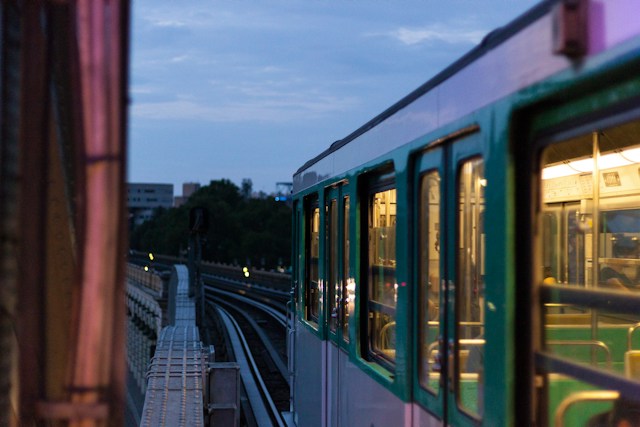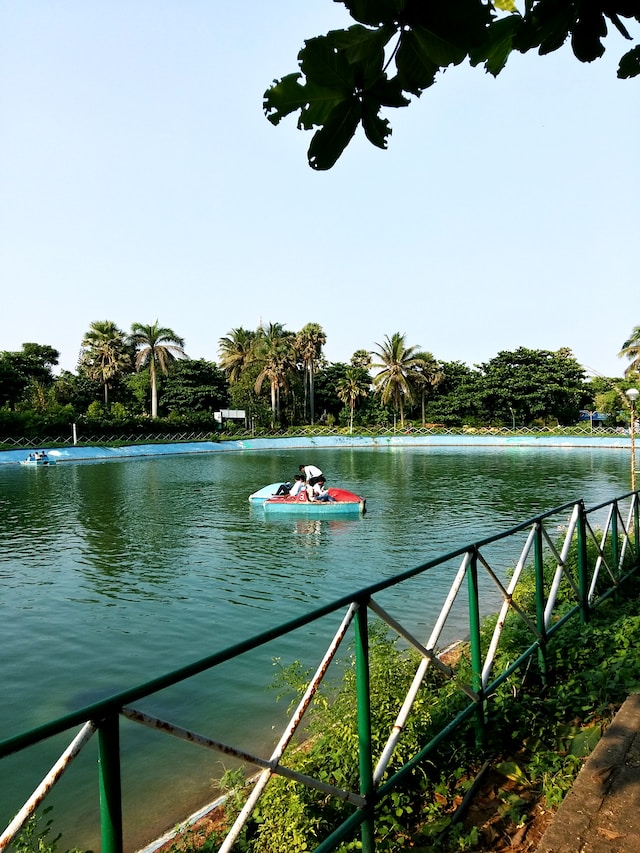Bridging Continents The Unique Geography of Istanbul
Istanbul, a majestic city that straddles two continents, offers a geographical marvel unlike any other.
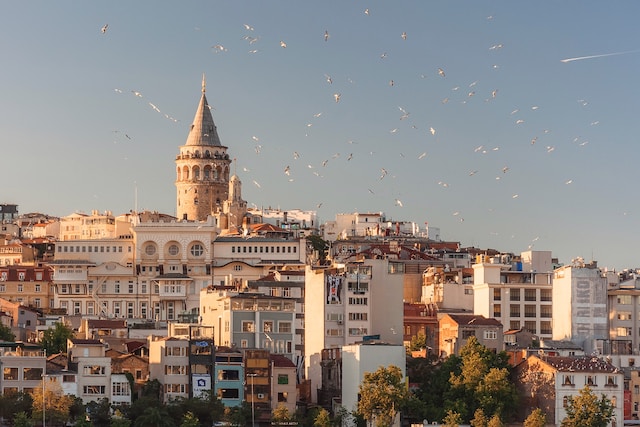
Nestled between Europe and Asia, this Turkish city tells tales of ancient civilizations, intricate trade routes, and a medley of cultures that have left their indelible mark over millenniums.
With its distinctive geographical positioning, Istanbul paints a vibrant tableau of history and modernity, showcasing an intriguing blend of architectural grandeur and cosmopolitan charm.
Introducing Istanbul – A City with Two Continents
You step into Istanbul, a city of two continents, and instantly feel the pulse of a rich tapestry of cultures.
As you wander through its ancient streets, you witness the seamless melding of Eastern and Western influences.
You find yourself marveling at the stunning Byzantine and Ottoman architecture, standing tall amidst modern skyscrapers and bustling markets.
You are drawn towards the tantalizing aroma of Turkish cuisine wafting through the labyrinthine bazaars, each dish a testament to the city’s unique culinary heritage.
Istanbul welcomes you with open arms, inviting you to experience its treasures and discover how it effortlessly straddles two continents.
Exploring the Unique Geography of Istanbul
You are on the cusp of an unforgettable journey through the unique geography of Istanbul, a city that spans two continents.
Feel the thrill of standing on the edge of Europe, looking across the sparkling Bosporus Strait to the Asian side of the city.
Also Read:A Comprehensive Travel Guide to Istanbul
Explore the lush green forests that dot the cityscape, a stark contrast to the urban sprawl. As you traverse the city, you notice the winding Golden Horn, a natural harbor that has safeguarded Istanbul’s economic and strategic importance for centuries.
The city’s geography, a fascinating mosaic of hills, waterways, and bridges, presents a captivating backdrop to its rich cultural tapestry.
Feel your heart race as you explore Istanbul, a city where two continents meet, and unique geography unfolds at every turn.
Exploring the Historic Sites of Istanbul
You might find yourself captivated by the grandeur of Istanbul’s historic sites. As you tread the well-worn paths, the magnificence of the Hagia Sophia will leave you in awe with its striking dome and rich history that echoes through its intricate mosaics.
You will feel the centuries-old spiritual reverberations in the Blue Mosque, named for its beautiful blue tiles, and its six minarets reaching for the heavens.
Don’t miss the opulence of Topkapi Palace, which once housed Ottoman sultans, with its luxurious courtyards and breathtaking views of the Bosphorus.
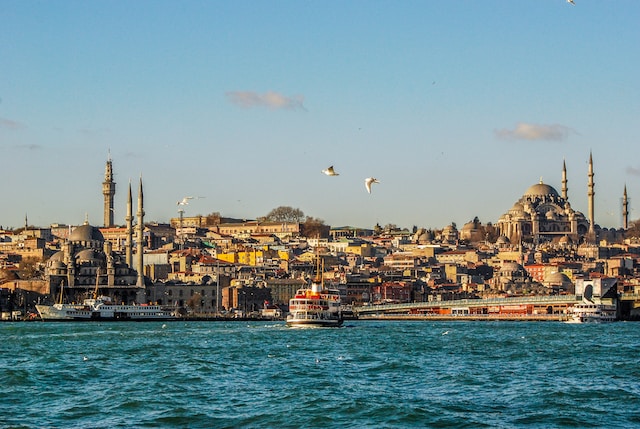
Each step you take in the Basilica Cistern, a subterranean wonder, will transport you back to the Byzantine era.
Unravel the city’s incredible stories etched in stone, as you uncover the layers of time at these monumental historic sites. Istanbul’s history is not just a story to be told, it’s an experience to be lived.
Also Read: 9 Cheap Cities in Turkey
The Bridges Connecting Europe and Asia
You’ll marvel at the iconic bridges that span the Bosphorus, serving as a testament to Istanbul’s strategic location and dual continental identity.
The Bosphorus Bridge, known as the 15 July Martyrs Bridge, beautifully illuminates the night sky, reflecting upon the rippling waters beneath.
As you journey, your eyes are drawn to the grandeur of the Fatih Sultan Mehmet Bridge, with its towering pillars supporting the weight of intercontinental connectivity.
You’ll also catch sight of the Yavuz Sultan Selim Bridge, the newest and most impressive of them all, with its blend of architectural prowess and technological innovation.
These bridges are not just structures, but symbols of unity, bridging two continents and cultures. Each offers a unique perspective on the city, and you’ll find yourself captivated by their majesty and significance.
How Does Istanbul’s Geography Affect Its Culture and Economy
Istanbul’s unique geography, straddling two continents, has a profound impact on its culture and economy.
You’ll find a vibrant mix of European and Asian influences visible in the city’s architecture, food, and music. This cultural fusion has given rise to a lively arts scene that attracts tourists, enhancing the city’s economy.
Trade-wise, Istanbul’s location is a strategic asset. You’ll notice the bustling Bosphorus Strait, a major international shipping route that significantly contributes to the city’s economic vitality.
Furthermore, the city serves as a crucial junction point for land and air transportation, reinforcing its position as a global commerce hub.
The geographical advantage of Istanbul does not just shape its physical landscape; it also plays an instrumental role in molding its cultural identity and economic strength.
The Future of Istanbul as a Bulwark Between East and West
As you look towards the future, Istanbul’s prominence as a bulwark between East and West is only set to increase.
The city’s strategic location, cultural diversity, and vibrant economy place it in an enviable position to continue bridging the gap between differing cultures and ideologies.
Just as the Bosphorus Strait links two continents, Istanbul is a melting pot where Eastern tradition meets Western innovation.
This fusion is expected to drive growth in sectors such as technology, tourism, and trade, further elevating Istanbul’s status on the global stage.
As the city continues to evolve, you can anticipate an even more dynamic, diverse, and connected Istanbul, firmly cementing its role as a powerful connector between East and West.

